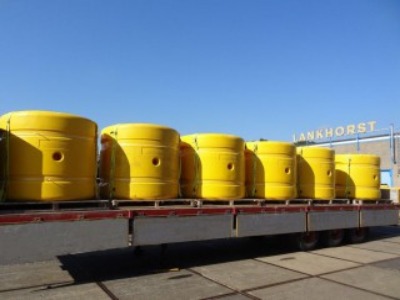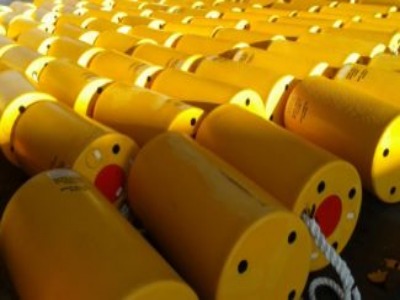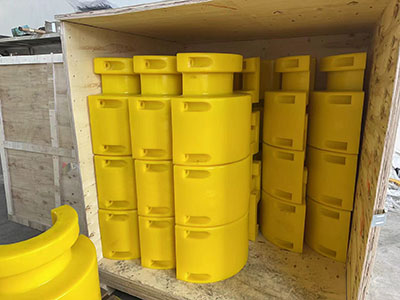Thailand Submarine Cable Protective Sleeve Customer Installation Site
In marine engineering projects, polyurethane submarine cable protective sleeves are often used to protect large-diameter submarine cables to ensure that the cables are protected from external damage and environmental corrosion during laying and operation. At the installation site of an offshore wind farm in Thailand, the parameters of the cables and protection tubes used are as follows:
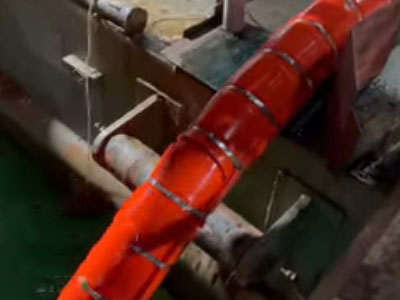
Cable parameters
Cable outer diameter: φ125mm
Sheath structure: multi-layer insulated submarine high-voltage power cable
Operating environment: water depth of 30 meters to 60 meters, strong tidal areas
Carrying capacity: suitable for high-load power transmission systems
Polyurethane protection tube parameters
Inner diameter: φ130mm (customized according to the outer diameter of the cable to ensure adaptation and buffer space)
Hardness range: 95A is selected in the project, with good flexibility and wear resistance
Each section length: 1.5 meters (customizable, easy to transport and install in sections)
Shell color: orange (common yellow or orange), enhance underwater visibility
Advantages of polyurethane protection tubes
High wear resistance and impact resistance: adapt to complex terrain such as submarine rocks and reefs to prevent cable wear
Good flexibility: provides a certain buffer when the cable is bent or stressed to prevent cracking or falling off.
Seawater corrosion and aging resistance: suitable for long-term underwater environment, stable performance and long life.
Lightweight and high strength: easy to carry and improve construction efficiency.
Strong customization ability: can be customized according to different cable specifications and environmental conditions.
Installation method - convenient and efficient
Polyurethane submarine cable protection tube generally adopts a split buckle structure, which can be quickly wrapped on the cable on site. The installation steps are simple:
Put the cable in place;
The two halves of the protection tube buckle and wrap the cable;
Fix with bolts, straps or stainless steel clamps;
Install the subsequent protection sections in sequence and overlap firmly.
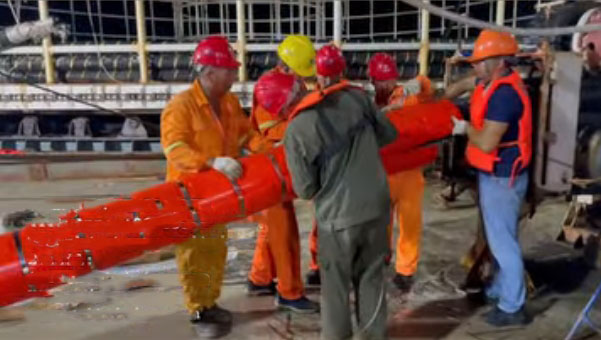
The entire installation process does not require professional welding equipment. It can be pre-installed on shore, or on board or underwater, which greatly improves construction efficiency and is suitable for large-scale continuous deployment.

